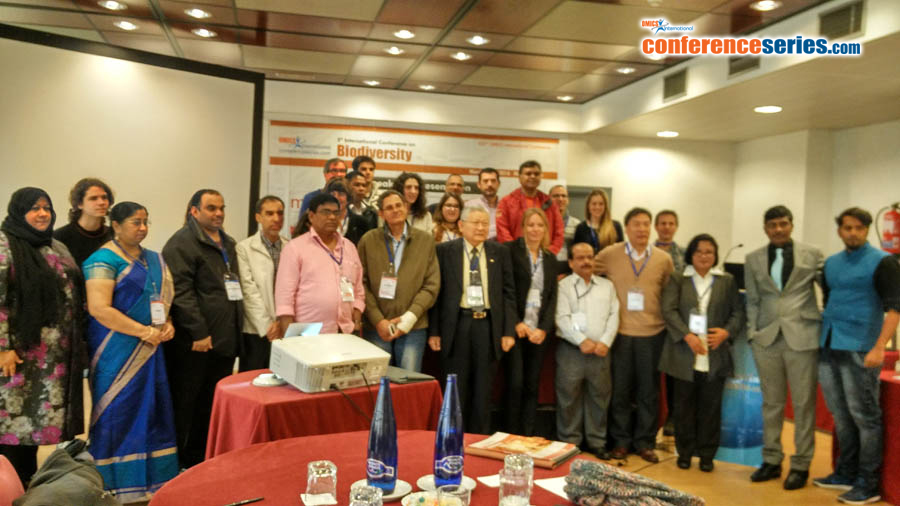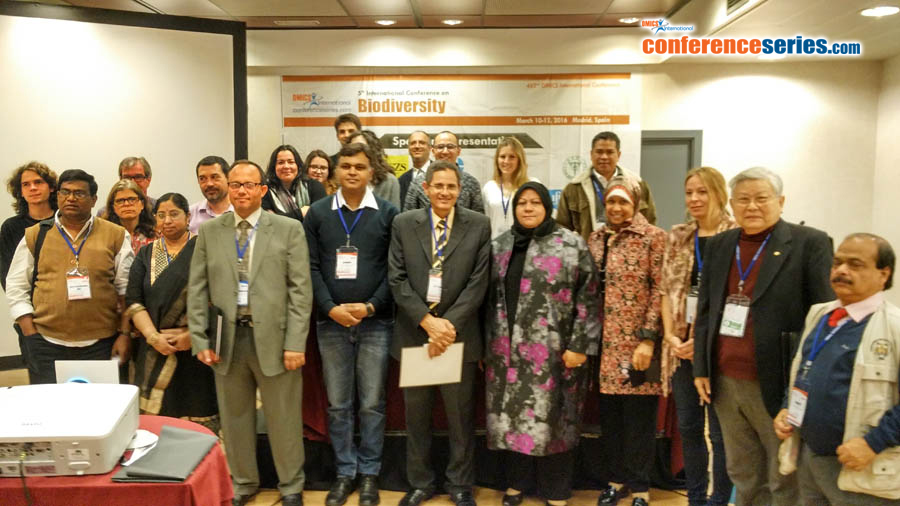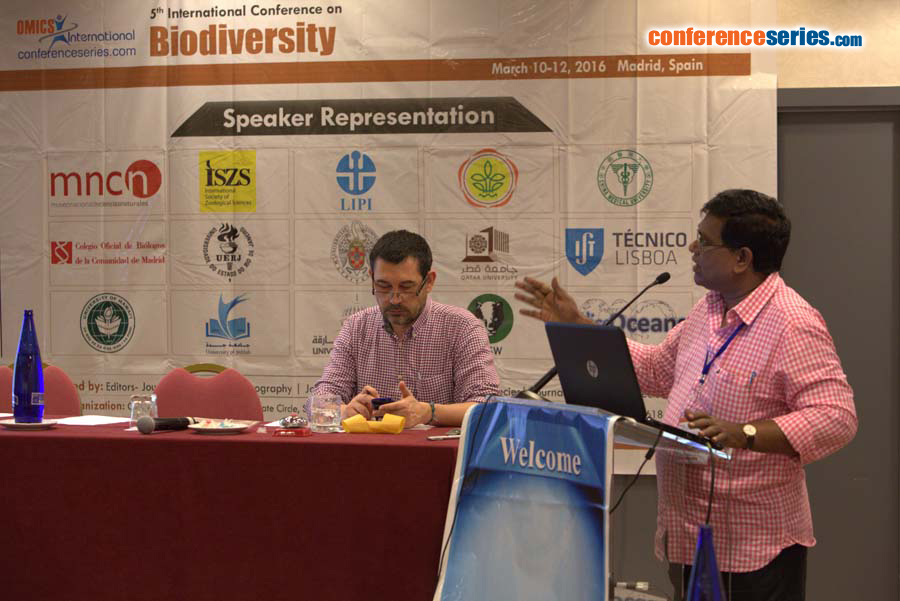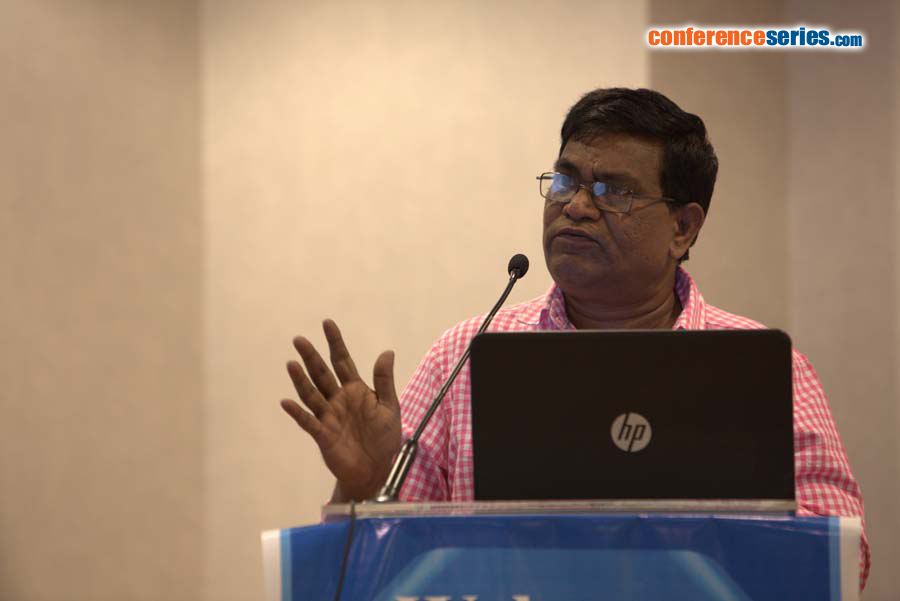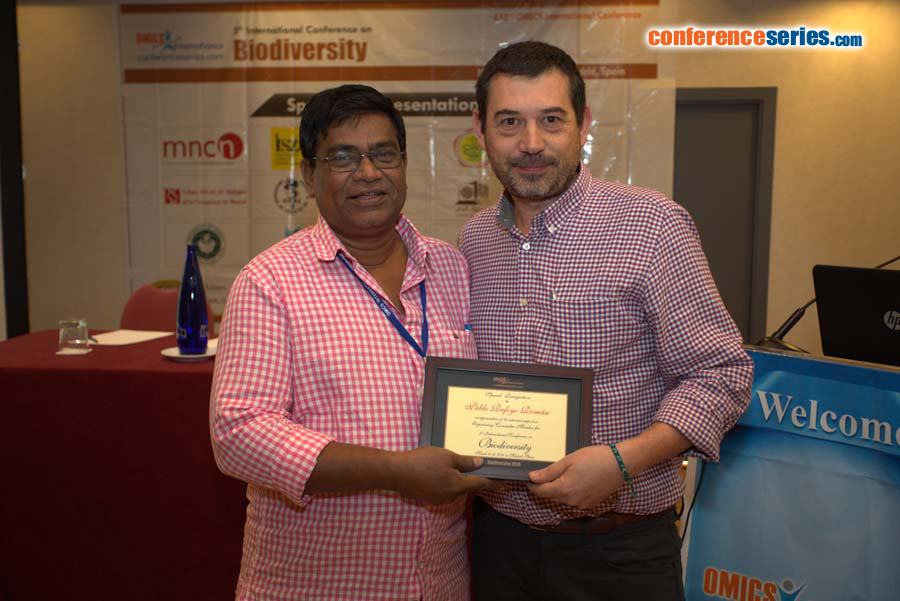
Aluri Jacob Solomon Raju
Andhra University, India
Title: Plant-insect interactions and biodiversity in Coringa mangrove forest, Andhra Pradesh, India
Biography
Biography: Aluri Jacob Solomon Raju
Abstract
Mangrove forests are special ecosystems, common in tropical and subtropical coastal environments. They are one of the most productive and bio-diverse wetlands. Mangrove forests are important in protecting coasts from erosion by fierce tides, in promoting the diversity of marine organisms and fisheries by contributing a quantity of food and providing favorable habitats for animals. They yield timber, fuel wood, poles, thatching material, grass, honey, wax and industrial raw material. These various uses of mangrove forests suggest that they play an important role in the lives and economies of the coastal regions of the world. The sustainability of the mangrove flora is intimately linked to the success of their reproductive biology which in turn is associated with local insects. Further, the survival and population build up of flower-visiting insects in this ecosystem is essentially dependent on the mangrove flora which vary with each salinity zone within the mangrove forest. It is in this context, the interactions between mangrove plants and insects leading to the benefit of both partners, the former for reproductive success and the latter for food and breeding, will be explained. The interactions of insects with the following mangrove plants will be explained. True viviparous plant species include Bruguiera gymnorrhiza, B. cylindrica, Ceriops decandra, C. tagal, Rhizophora apiculata and R. mucronata, all belong to a single family Rhizophoraceae. Crypto-viviparous plant species include Avicennia alba, A. officinalis, A. marina, Aegialitis rotundifolia and Aegiceras corniculatum. Non-viviparous plant species include Sonneratia alba, S. apetala, Lumnitzera racemosa, Scyphiphora hydrophyllacea and Excoecaria agallocha. Mangrove associate plants are Acanthus ilicifolius, Caesalpinia crista, Clerodendrum inerme, Derris trifoliata, Ipomoea pes-caprae, I. tuba, Malachra capitata, Suaeda maritima, S. monoica and S. nudiflora. All these plants except Rhizophora are nectariferous and offer both nectar and pollen as floral rewards to the visiting insects. Rhizophora species do not produce nectar and offer only pollen as floral reward to the foraging insects; small bees utilize their pollen as chief pollen source. Acanthus, Aegialitis, Aegiceras, Avicennia, Bruguiera, Ceriops, Derris, Excoecaria, Lumnitzera, Caesalpinia, Ipomoea pes-caprae, Malachra, Scyphiphora and Suaeda are associated with bees, wasps, thrips, flies and butterflies. All these plant species utilize these insects for sexual reproduction while the insects utilize them as pollen and/or nectar during daytime. Bees and thrips use both pollen and nectar while wasps, flies and butterflies use only nectar from these plant species. In case of Ipomoea pes-caprae, its pollen is the chief source of protein for the snail, Euplecta decussata which collects the pollen voraciously and in the process contributes to the promotion of out-crossing. Ipomoea tuba is an important source of nectar for the hawkmoths which visit the flowers during dawn and dusk hours. The bees, Xylocopa and Anthophora rob nectar from Clerodendrum flowers. They bite holes on the corolla tube to collect nectar without any benefit to the plant by it. However, their nectar robbing behavior compels the actual pollinating butterflies to make as many foraging visits as possible to the flowers to collect nectar and such repeated visits promote out-crossing rate. The leaves of Suaeda species are sources of alkaloids, triterpenoids, sterols and various other chemicals. Nymphalid, lycaenid and hesperiid butterflies such sap from the leaves of these plants consistently prior to flowering; they also collect the sap from the dry branches after fruiting. These chemicals are required for them for protection against their predators. In case of the true viviparous plant species, their propagules (hypocotyls) are essential food sources for edible crab species. The output of hypocotyls is exclusively dependent on the extent of insect interactions with the flowers of these plants. Therefore, plant-insect interactions in mangrove forests are important for the structural and functional integrity of mangrove forests. Further, this knowledge enables to take effective measures for the conservation and management of the mangroves.

